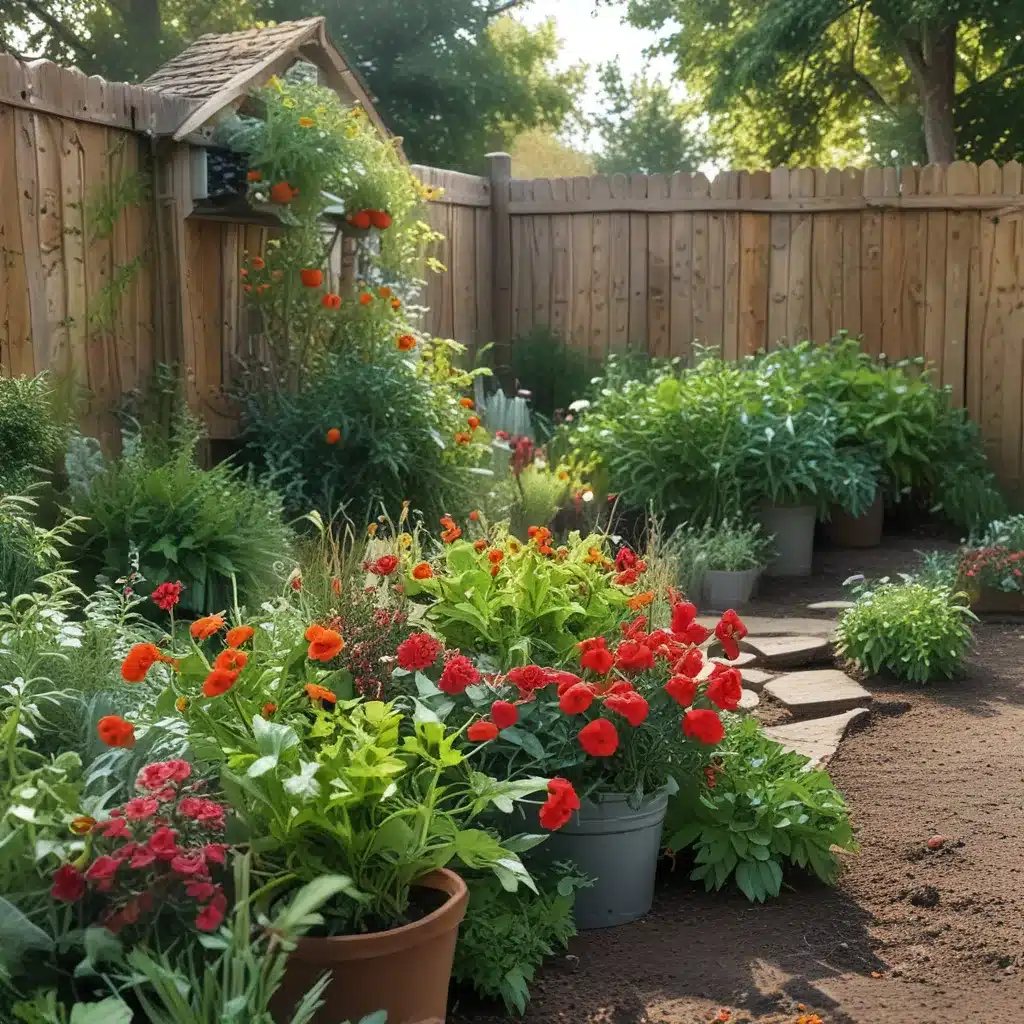
From Cornfields to Concrete Jungles: My Journey with Urban Gardening
Having grown up in a big family with a half-acre garden, I was no stranger to the joys of fresh, homegrown produce. Our gardens provided us with most of our vegetables for the entire year, and I have endless memories of chasing my siblings down endless rows of corn, hand-picking potato beetles off the dark green leaves, and plopping cherry tomatoes warmed by the sun directly into my mouth.
However, my transition from that rural oasis to city living made it challenging to find the space to grow fresh produce and enjoy it at its nutritional peak. So, when I heard about a community garden sponsored by Thorndale CSA in my neighborhood, our family of two was thrilled to have the opportunity to make new memories with neighbors and once again get our gardening on.
Embracing the Square Foot Challenge
With a background in education and research, I approached our assigned 8 x 3 raised bed – one of 16 beds in the garden – as an experimental space. I had two questions: “How much food can we grow in this tiny plot?” and “Can we actually feed ourselves from this little garden?”
Well, it turns out that we were able to grow quite a bit – just over 15kg! Fifteen kilograms may not sound like a lot, but this was mostly in the form of lightweight greens and herbs. That’s equivalent to having over 25 small containers of salad greens per month, all organic. We harvested everything from kale to lemongrass from early July to early November, with more than two dozen different plants thriving in our 24 square foot space.
The secret to our success? The square foot gardening method. This approach separates the bed into 1 ft squares, creating a highly productive garden in a small space while decreasing the need for watering and weeding, which also lowers the risk of plant diseases. Our goal was to have fresh produce for as many months as possible with a high nutritional value, and the square foot method delivered.
A Greener Pasture: Maximizing Nutrient-Dense Harvests
Having a garden space gave us the option to decrease the amount of processed food being consumed while increasing the amount of organic produce in our diet. For this reason, we planted mostly greens and herbs to give maximum variety and maximum nutrient content per gram. Plus, who doesn’t enjoy the fresh scent of basil when digging into a summer salad?
A visit to the local Toronto Seed Library, seedlings from nurseries, and some seed exchanges with family provided the beginnings of our garden. By the third week of May, we had peas, beans, kale, celery, arugula, mint, thyme, and oregano planted. However, our journey wasn’t without its challenges.
Overcoming Obstacles: Solving the Soil pH Puzzle
Some seedlings and seeds were lost due to the relentless neighborhood squirrels, who apparently thought the community gardens were created just for them. A fellow gardener installed a motion sensor with a light to deter the squirrels, but it disturbed the neighbors more than the furry diggers. As a result, some seeds needed to be replanted.
After this, the seedlings seemed to stop growing, with the lower leaves turning yellow. I didn’t understand why, even the beans were turning yellow. A quick internet search indicated that the soil pH was probably too alkaline. Another search showed how to use baking soda and vinegar for a simple soil test, and after adding vinegar to a soil sample from our garden bed, the massive fizzing that resulted meant our soil was definitely too alkaline.
Another search suggested pouring a mix of a cup of vinegar in a gallon of water over the garden with a watering can. The addition of the diluted vinegar turned the leaves from yellow to green within a couple of days. Phew, problem solved! Our stunted seedlings were now reaching for the sky.
Reaping the Rewards: A Bountiful Harvest
Starting in the first week of July, we began harvesting bok choy, kale, arugula, peas, and beans. We were able to continue harvesting enough greens about every three days to the point where we did not buy any produce for salads until mid-November. The plants were producing more than we could eat in a week, so we were able to cook and freeze or preserve the excess in the form of pesto, celery and nasturtium soups, Italian seasoning cubes, pickled nasturtium seeds (which taste a bit like capers), nasturtium butter, green tomato chutney, beet juice cubes for drinks, cooked Asian greens, and a variety of other dishes. Our freezer was full, and we were eating freshly picked organic produce every day.
It’s now February, with a bit of snow on the ground this morning. But our windowsill has thriving basil, purple basil, Thai basil, thyme, chili, and garlic chives that were all moved inside from the garden to keep over the winter, and our freezer is still providing healthy produce from the bounty of our 8 x 3 square foot garden.
A Year-Round Feast for the Senses
Gardening is a feast for the senses. Though it’s winter, this is the perfect time to share seeds with family, friends, and neighbors, and make a plan for growing as much fresh produce as we can in the space we have. For 2023, I wonder if even more space can be found in Toronto to grow a more sustainable future for all.
As Home Grown Florida reminds us, “The best time to start a garden is yesterday. The second-best time is today.” So, let’s get our hands dirty and transform those small spaces into productive, bountiful backyard oases, one square foot at a time.



